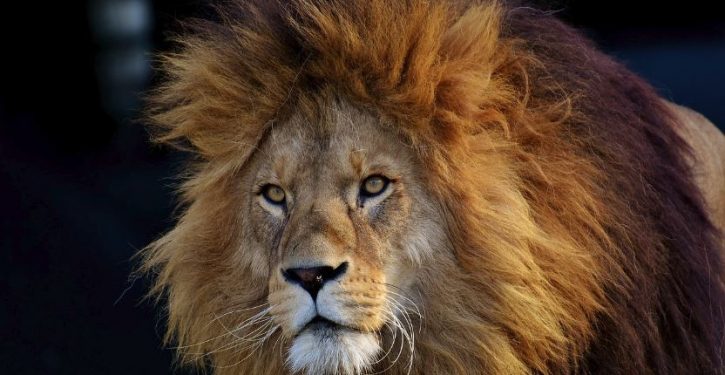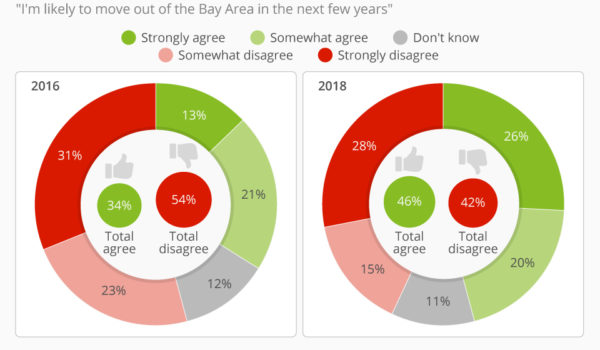
There are 891 Asiatic lions in the Indian state of Gujarat now, up from 674 in 2020. The number of lions in Gujarat has grown, even though people had predicted their numbers would decline due to their habitat being encroached on by the human population of Gujarat, which has grown by 14% since 2020. Gujarat has an arid to semi-arid climate, the largest number of highly-polluted river stretches in India, and two-thirds of India’s plastics production.
Not only the count went up by 217, but the animals were found outside the Gir National Park, their traditional habitat, and spread across 11 districts of Saurashtra including non-forested and coastal areas…there are estimated 196 males, 330 females,140 sub-adults and 225 cubs…The big cats were earlier confined to the Gir National Park in Junagadh and Amreli districts….384 lions were counted in Gir National Park and Wildlife Sanctuary and 507 were found outside its limits…The areas outside Gir where lions were spotted included sanctuaries like Pania, Mitiyala, Girnar and Barda. Some animals were seen in non-forested areas and coastal areas too.
In India as a whole, the tiger population has doubled in a little over a decade.
The growth of the tiger population coincides with growth in the human population. India’s population has grown by nearly 300 million people since 2010, rising from about 1.2 billion people to almost 1.5 billion people today.
Neighboring Bangladesh is even more densely populated than India, yet it, too, is conserving key species. India has at least 1,275 people per square mile, while Bangladesh has 3,496 people per square mile — making Bangladesh denser than U.S. cities like Charlotte, Jacksonville, and Kansas City. It has little land to spare. It also is one of the world’s poorer countries. Yet, it is managing to save endangered species like Bengal tigers, whose numbers have grown over the last decade:
The latest published census report about the status of tigers in the Bangladesh Sundarbans [mangrove forest], the only remaining habitat for tigers in the country, shows that Bangladesh is home to at least 125 adult tigers…the big cat population increased by 17.92% from the 2015 survey and 9.65% from the 2018 one…..The Sundarbans mangrove forest covers an area of 3,968 mi2, of which 2,323 mi2 is in Bangladesh, and the rest in neighboring India.
Other species once declared in Bangladesh due to habitat loss are making a comeback. That includes Nilgais, the largest antelope species in Asia. The animals are reappearing in northwestern Bangladesh, a country that was part of their historical range but where they were declared locally extinct in the 1930s due to habitat loss and hunting.



